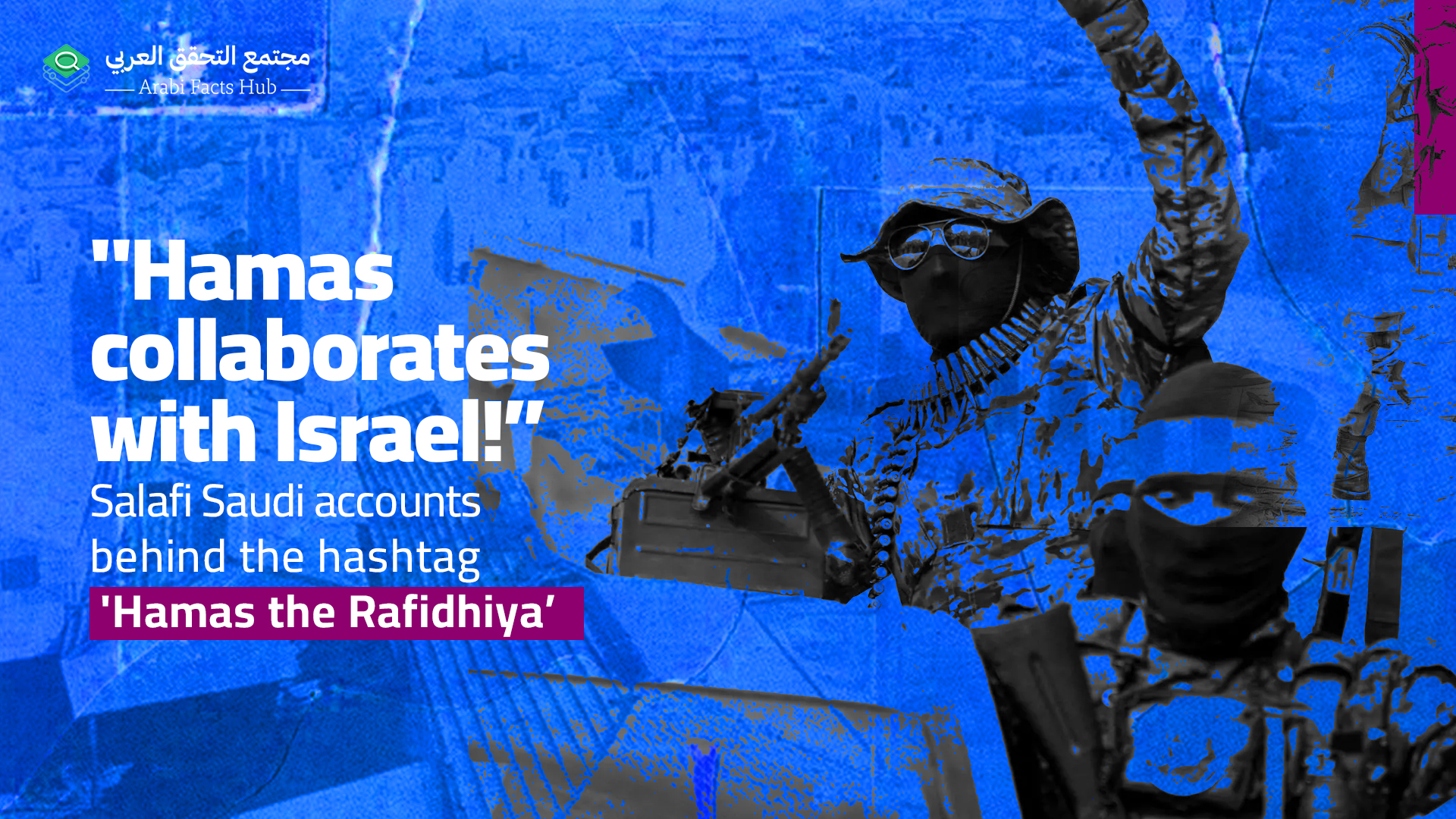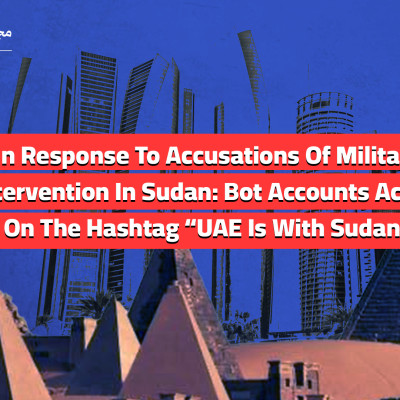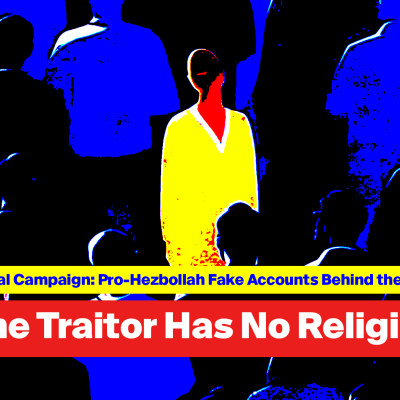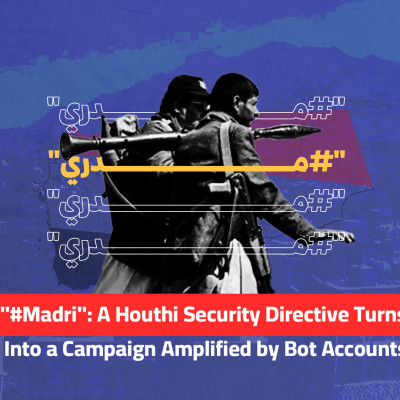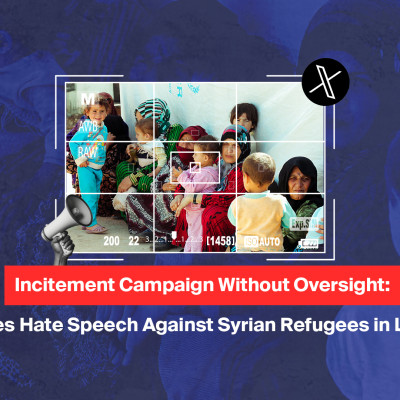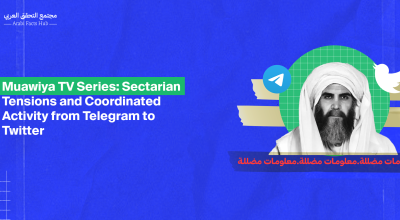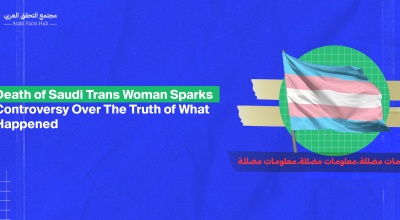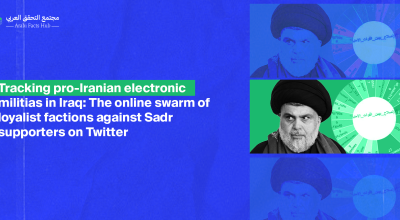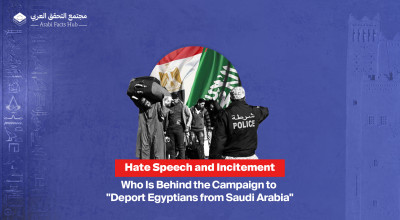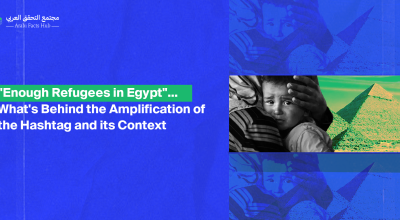Al Athari’s post revived the hashtag "#حماس_الرافضية" (Hamas the Rafidhiya), which was shared 34 times—an increase of about 35% compared to the preceding period.
In this report, we trace the origin of the hashtag, the countries from which interactions emerged, and the role of automated accounts in amplifying it, as we expose the disinformation that was circulated through it.
Launching the Hashtag
On January 20, 2025, as the ceasefire agreement between Israel and Hamas—brokered by the United States, Egypt, and Qatar—came into effect, a coordinated campaign targeting Hamas was launched in the Saudi digital space, using the hashtag "#حماس_رافضية" (Hamas the Rafidhiya/Shia-aligned).
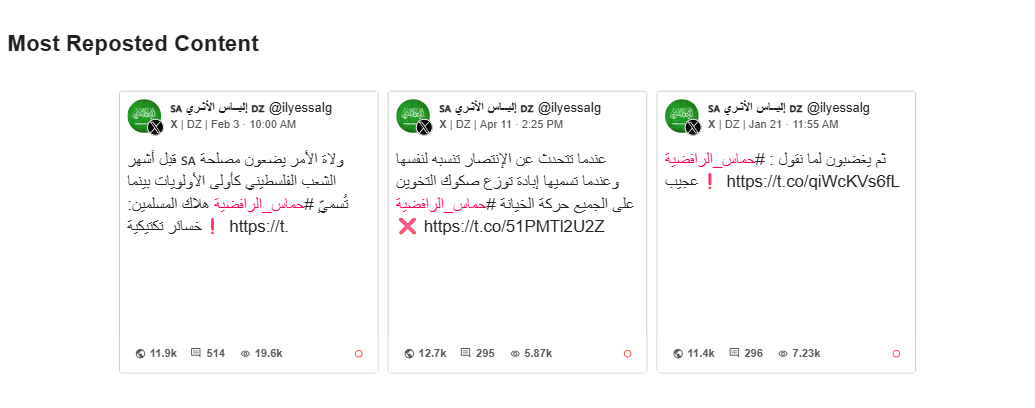
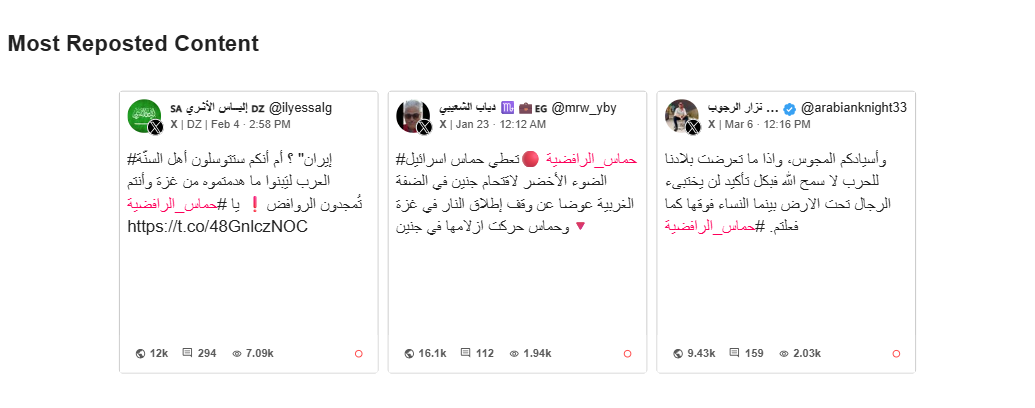
Tracing the hashtag "#حماس_رافضية" (Hamas the Rafidhiya) revealed that the account @IlyessALG (Elyas al-Athari) was the first to launch it, by posting a video clip of a speech by Hamas leader Khalil Al Hayya, in which he expressed gratitude to all parties that contributed to reaching the ceasefire agreement.
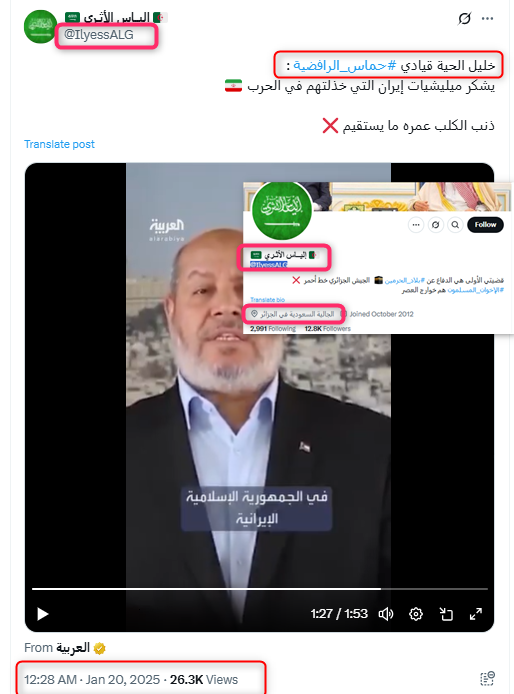
Al Athari’s post sparked a wide wave of interaction and comments, pushing the hashtag "#حماس_رافضية" (Hamas the Rafidhiya) to its first peak. Although this peak lasted no more than a single day, the hashtag recorded a second peak on January 23, 2025. While the total number of posts using the hashtag did not exceed 1,500, its reach and exposure amounted to approximately 3.5 million times, with a daily average of around 25,000 impressions.
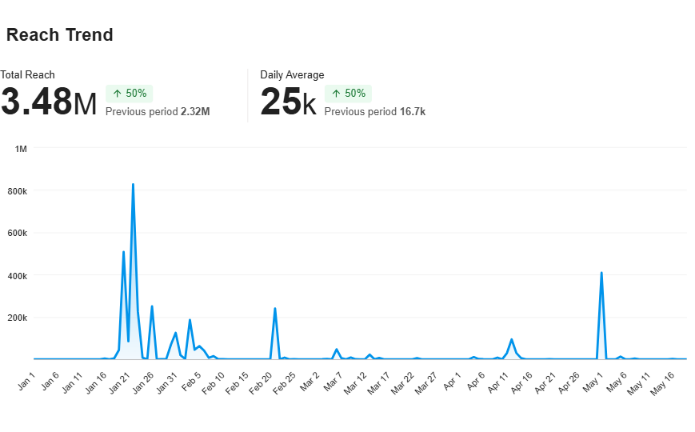
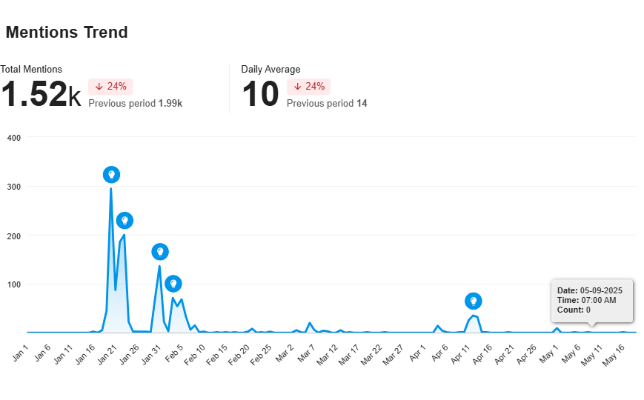
Retweets and quote tweets together accounted for more than 60% of the total posts, while replies made up around 37%. Original content represented only about 3% of overall activity on the hashtag. This distribution suggests the possibility of a coordinated amplification campaign surrounding the hashtag.
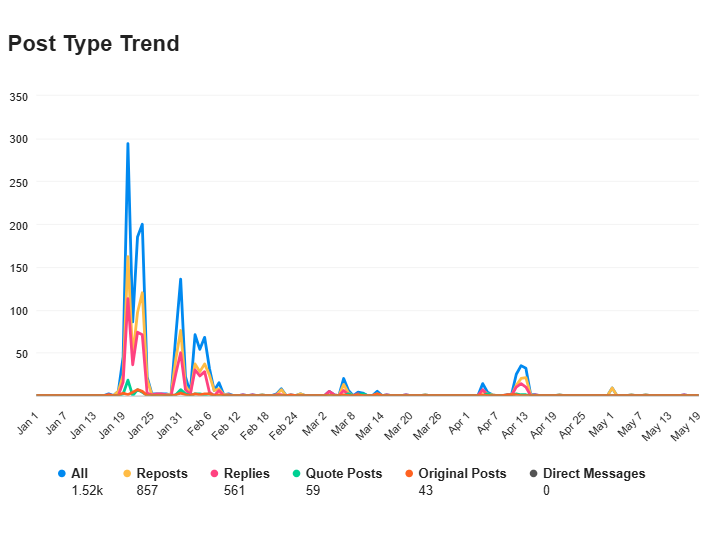
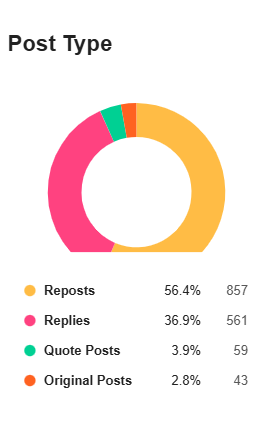
As observed in the timeline chart tracking the spread of the hashtag, there is a coordinated pattern: the yellow wave, representing reshares, leads the dissemination process, followed almost simultaneously by the red wave, which represents comments. In contrast, both of these waves differ in shape and dynamics from the orange wave, which represents original content—the least present on the hashtag.
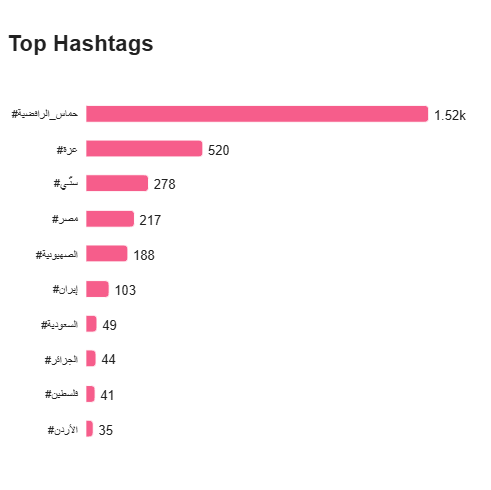
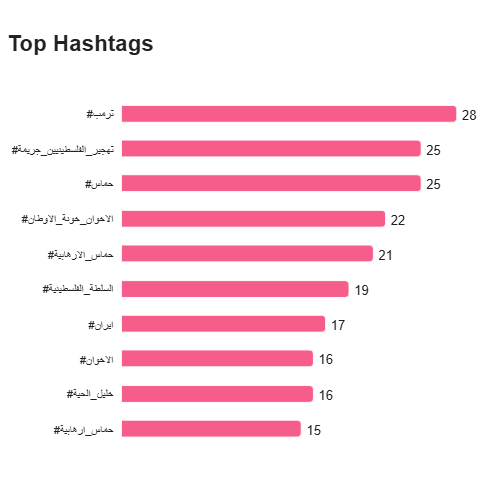
The word cloud associated with the hashtag "#حماس_رافضية" (Hamas the Rafidhiya) shows its connection to other single-word hashtags such as: #سني (Sunni), #غزة (Gaza), #إيران (Iran), #مصر (Egypt), and #السعودية (Saudi Arabia). These terms point to countries linked to the hashtag—either in terms of where it gained traction, like Saudi Arabia and Egypt, or in framing Hamas’s relationship with Iran as part of the criticism.
The hashtag is also connected to other hashtags attacking Hamas by alleging its ties to the Muslim Brotherhood and Lebanon’s Hezbollah, such as "#الاخوان_خونة_الاوطان" (The Brotherhood are traitors to their nations), "#الاخوان_مطايا_الاستعمار" (The Brotherhood are tools of colonialism), "#اخوان_الماسون" (Masonic Brotherhood), and "#حزب_الله_الارهابي" (Hezbollah the terrorists).
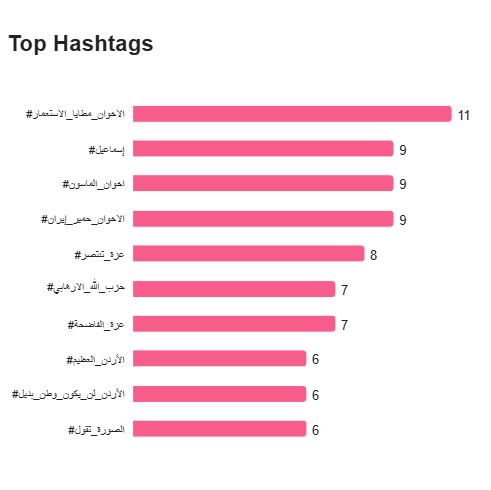
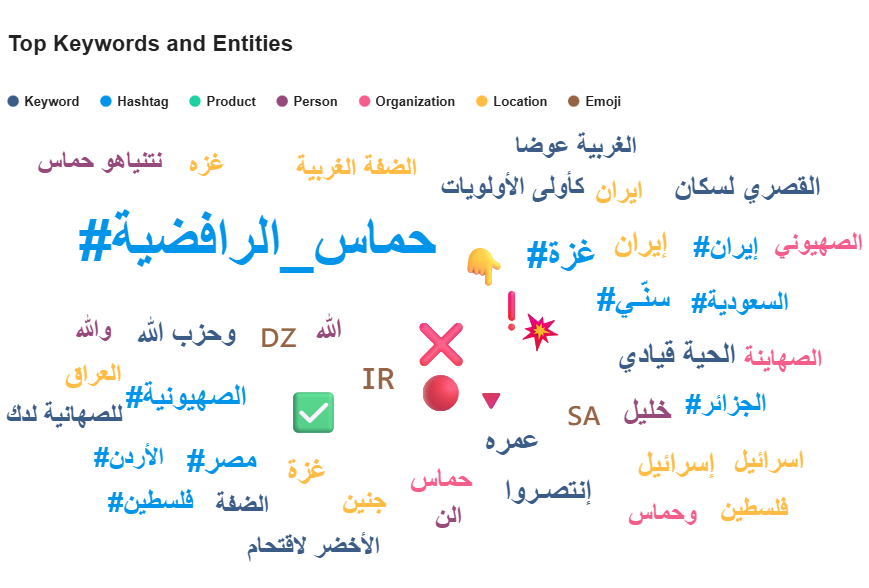
Most posts associated with the hashtag "#حماس_رافضية" (Hamas the Rafidhiya) showed a negative use of the term "victorious," as revealed by a sentiment-based word cloud analysis. Other prominently negative expressions included phrases like "Khalil Al Hayya" and "Hezbollah," which together accounted for approximately 87% of all expressions used in those posts.

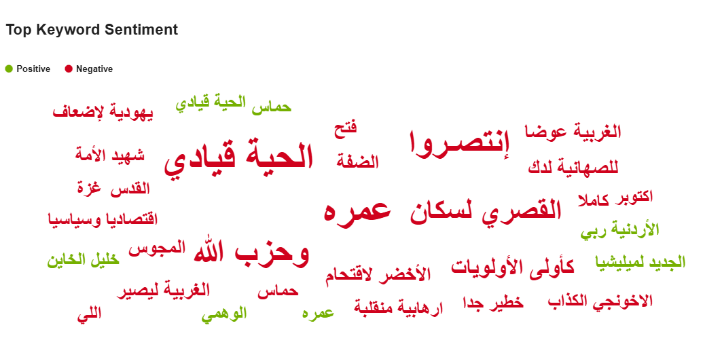
Although the hashtag originated in Saudi Arabia, it spread across many countries worldwide. Algeria ranked second after Saudi Arabia by a significant margin, which can be explained by the fact that the account that initiated the use of the hashtag "#حماس_رافضية" (Hamas the Rafidhiya) belongs to an Algerian residing in Saudi Arabia, as previously mentioned. Other Arab countries also appeared on the list, in addition to the United States and the United Kingdom.
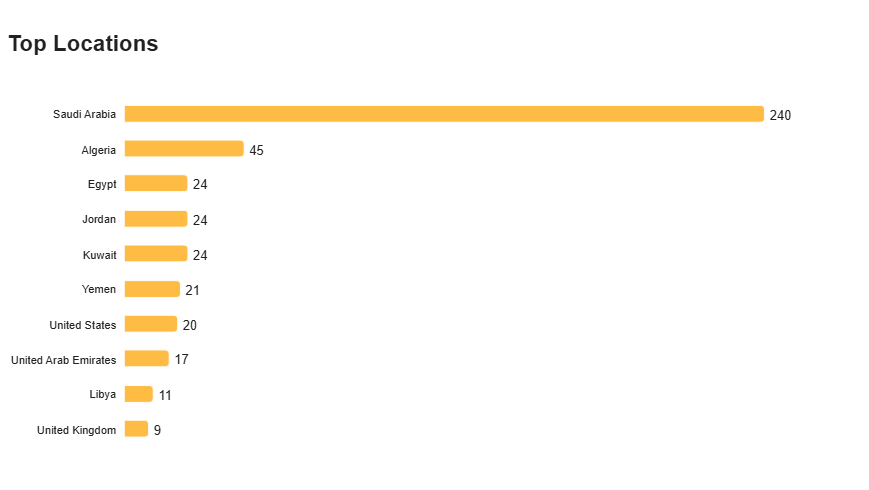
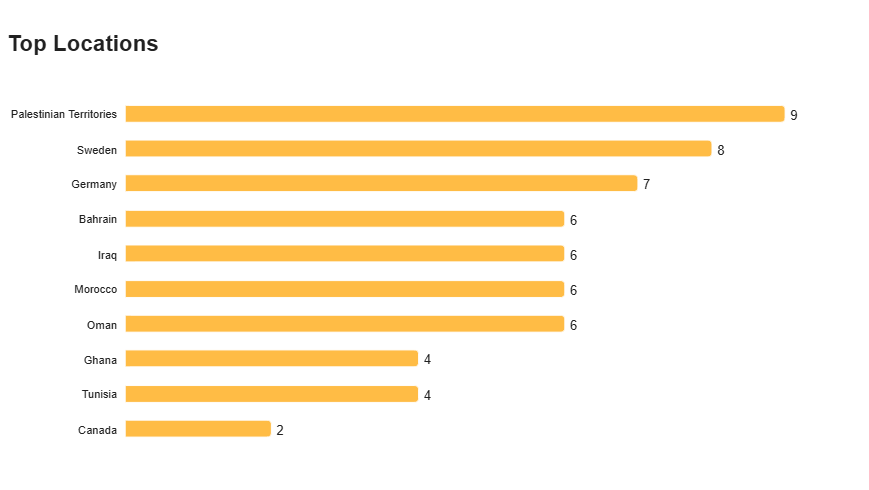
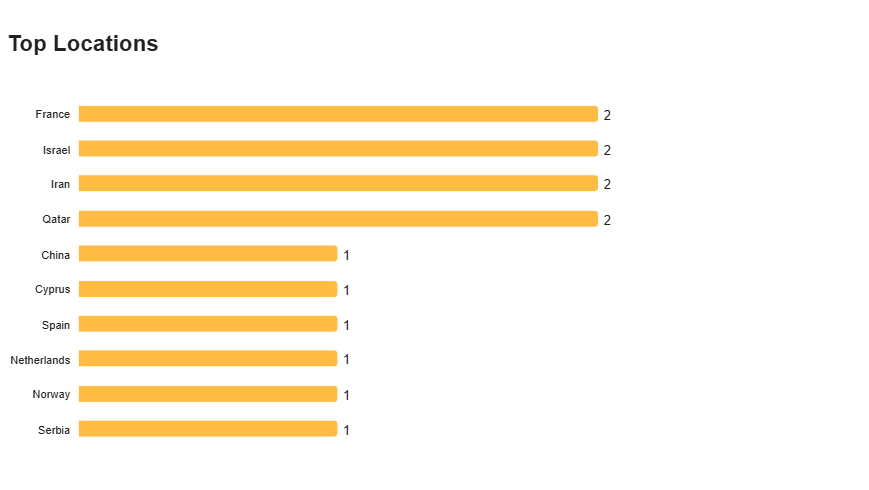
This wide international spread was accompanied by a high level of reach achieved by the hashtag—disproportionate to the actual number of posts—which raises suspicions about the nature of engagement around it. This prompts us to investigate and identify the most prominent accounts interacting with the hashtag.
Top Interacting Accounts
Using the Meltwater tool, we extracted all posts associated with the hashtag "#حماس_رافضية" (Hamas the Rafidhiya), totaling around 1,500 posts. We analyzed the data and identified a list of ten accounts that were the most active, with their posts gaining significant traction.
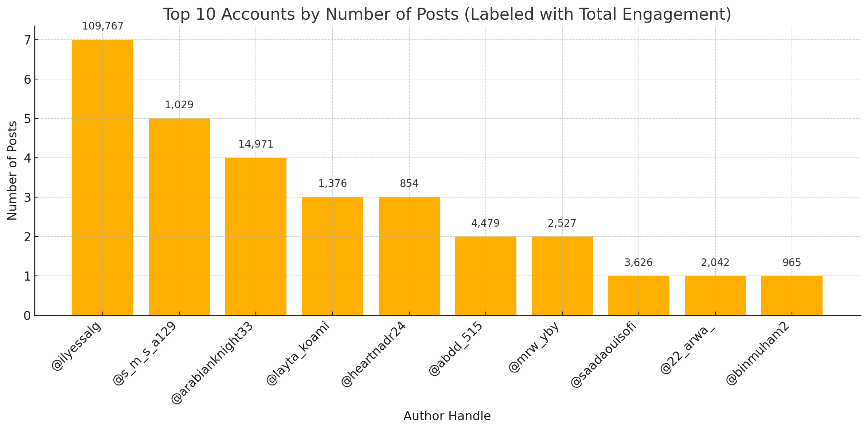
At the top of the list was the account @IlyessALG, which, as previously mentioned, was the first to post under the hashtag "#حماس_الرافضية" (Hamas the Rafidhiya). The account is consistently active in promoting Saudi political narratives and attacking Hamas, labeling it as “terrorist.” It shared a video of a child with his family who had been targeted by an Israeli airstrike, claiming that Hamas fighters were hiding among civilians.
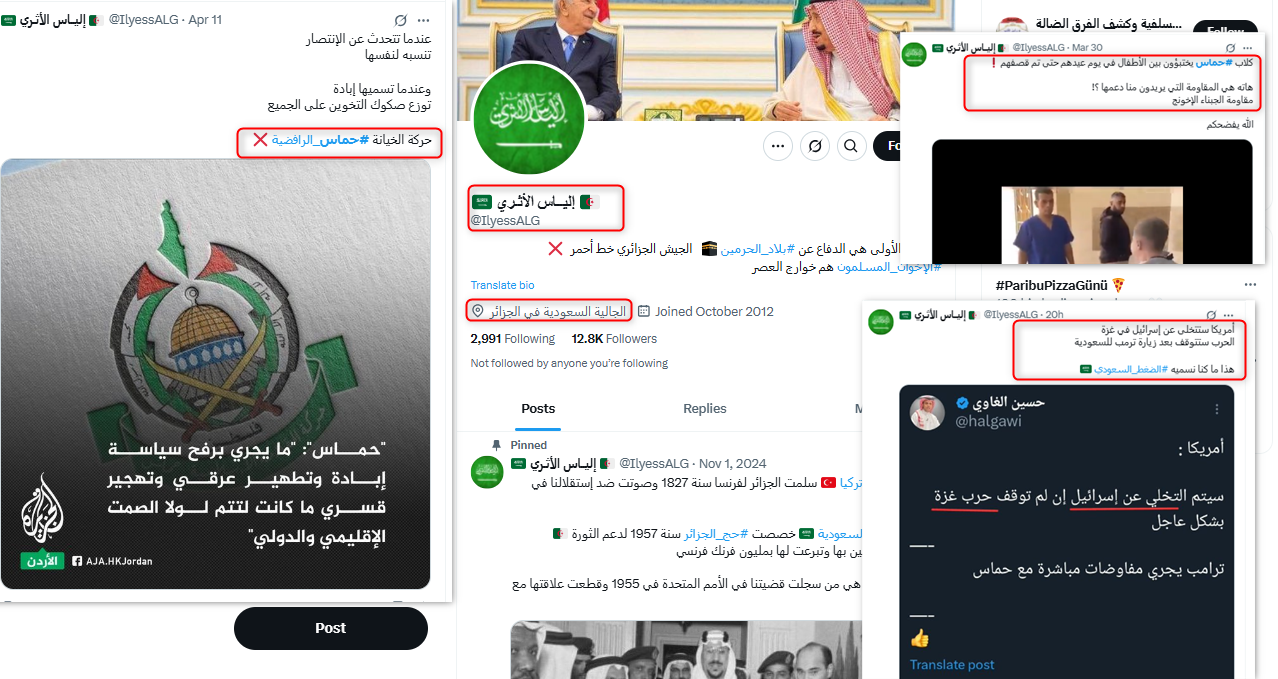
The post was deliberately misleading. In the video, the child and his father clearly state that they are civilians, while the man filming the scene calls for documenting the incident to refute claims that Hamas fighters are hiding among civilians—an intention also clarified in the caption accompanying the footage. Additionally, following the American president’s visit to Saudi Arabia, the account promoted the claim that the United States would abandon Israel—an assertion for which we found no evidence and which has not been made by any U.S. official.
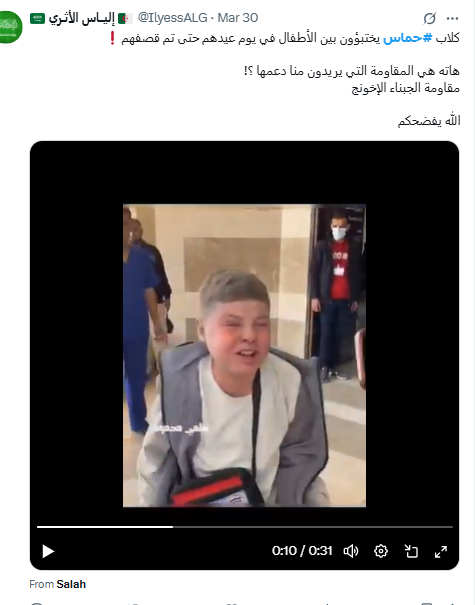

We went back to examine the posting times and interaction patterns of the account and found them to be normal. Additionally, Botometer—a tool used to assess how human-like accounts are—classified the account as human.
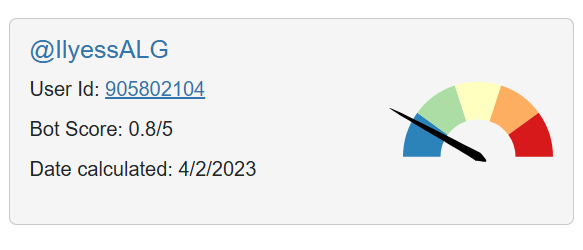
Ranked second among accounts with the most engagements with the hashtag "#حماس_الرافضية" (Hamas the Rafidhiya) was the account @s_m_s_a129—a Saudi account that showed notable interaction with content from the first account. It was also active in attacking Hamas, accusing the group of terrorism and claiming that it is conspiring with Israel to carry out the extermination of Gaza’s residents.
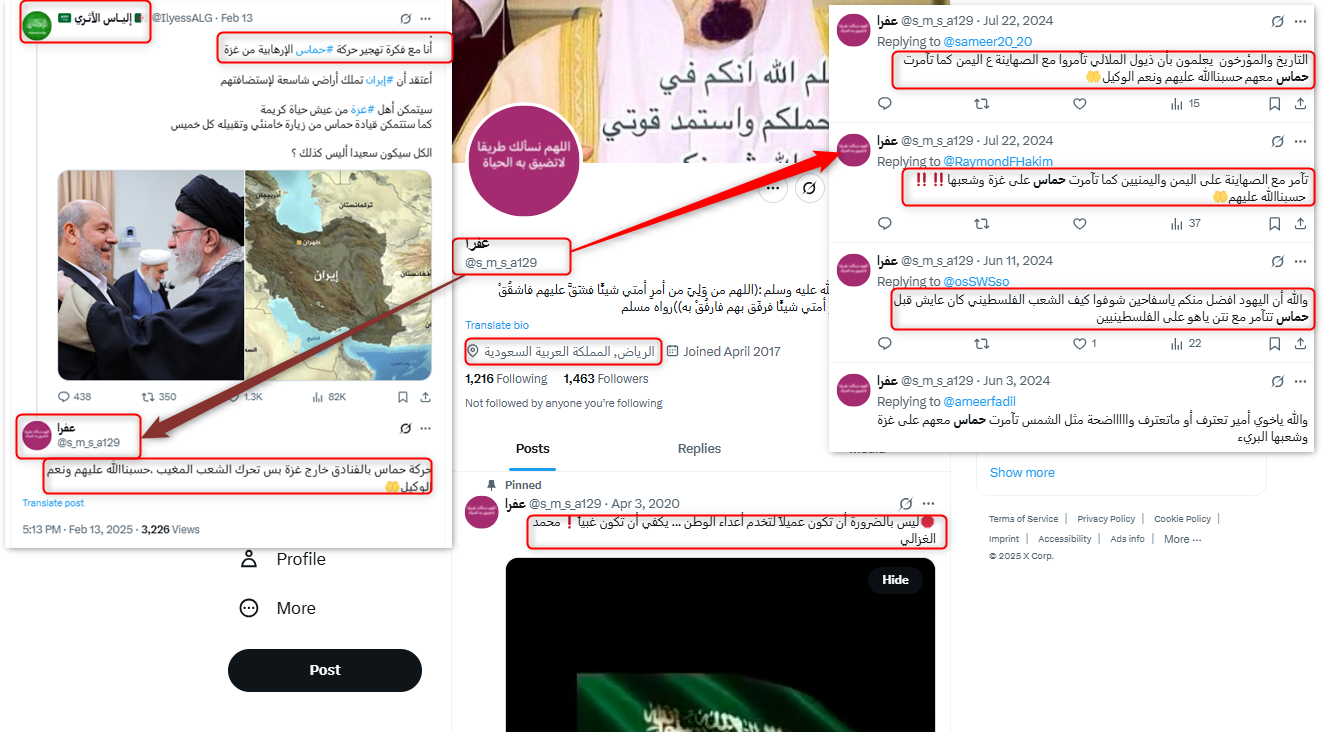
An analysis of the account’s posting times and interaction patterns revealed short intervals between posts, followed by long periods of inactivity, before resuming at an accelerated pace. This suggests the possible use of content automation. The account’s consistent interaction pattern and repeated use of identical phrases further support the likelihood that it is fully or partially automated—relying on scheduling tools or automated posting software.
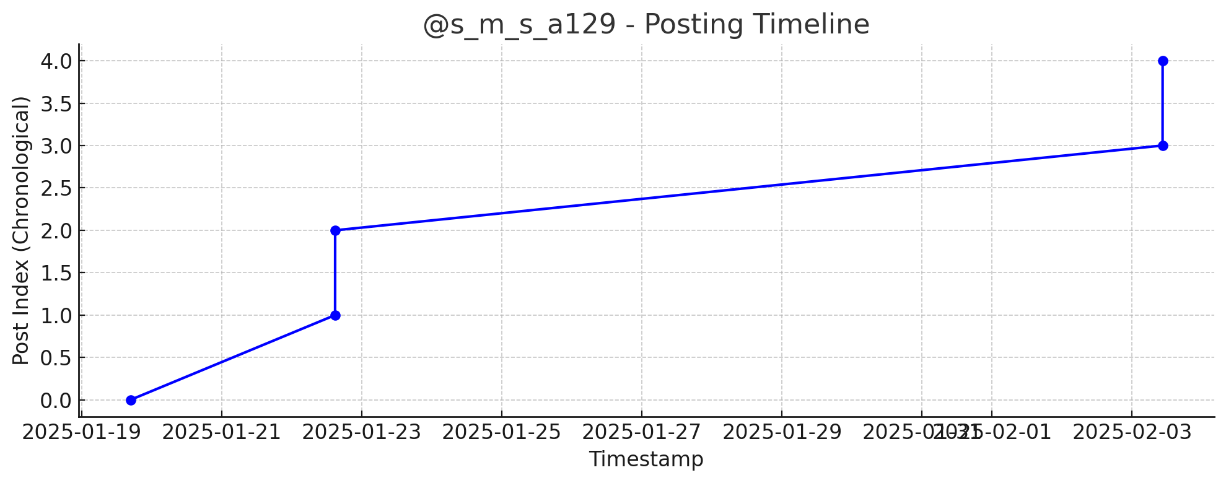
Ranked third was the account @arabianknight33, a relatively new account created in 2020. The user describes himself as a Jordanian living between Jordan and Saudi Arabia. Like the previous accounts, this one actively labels Hamas as a terrorist organization and promotes a narrative that prioritizes Jordan’s interests over those of Palestine.

Posting times and interaction patterns on the account appeared normal; there were no significant gaps between posts, no concentrated bursts of activity at specific times, and no signs of automated engagement. This suggests that the account is likely genuine.
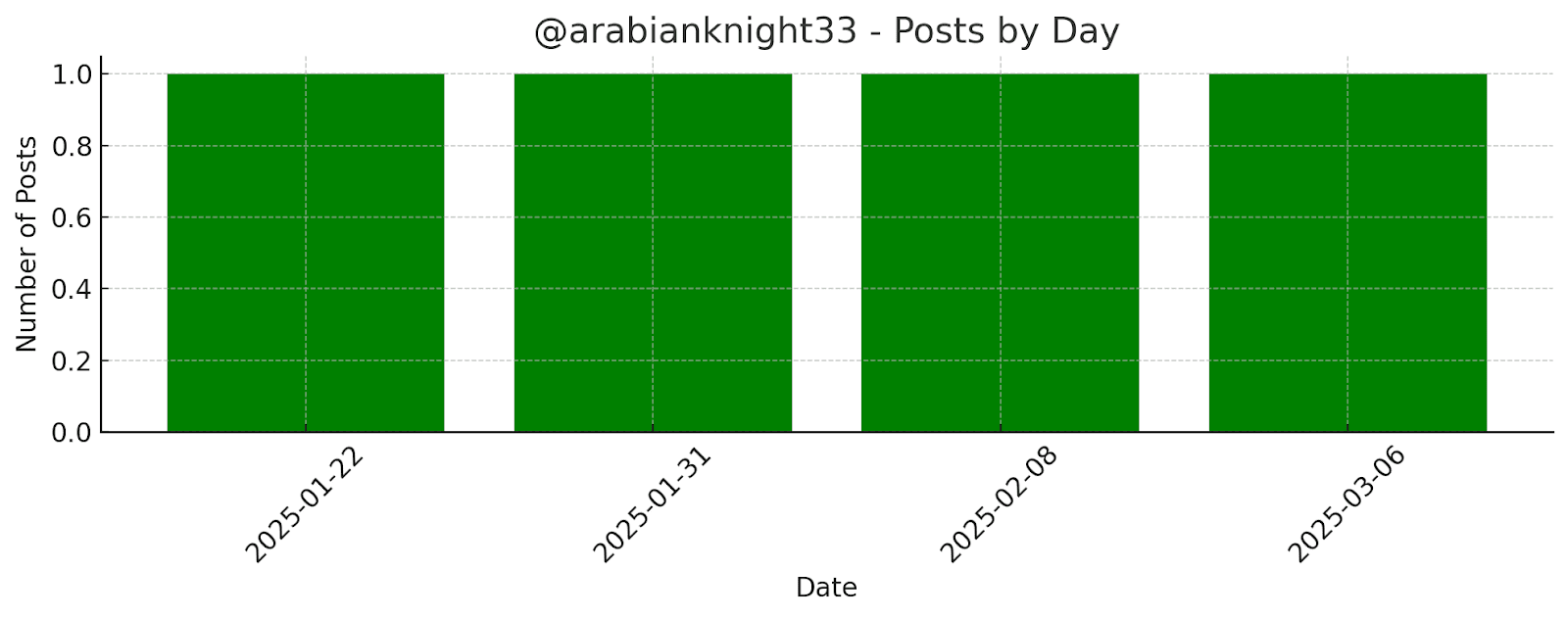
A Salafi account, @layta_koami, also engaged with the hashtag. This account is known for opposing anyone who challenges ruling regimes, consistently labeling them as "Khawarij".

The account posted only three times using the hashtag, yet these posts garnered around 1,300 views, 52 likes, and 60 interactions—placing it among the most engaged accounts with the hashtag. This prompted us to conduct a network analysis to identify the actor or actors potentially behind the hashtag campaign.
A Web of Amplification Spreading World Wide
A network analysis conducted using Gephi revealed that the cluster of active accounts engaging with the hashtag "#حماس_الرافضية" (Hamas the Rafidhiya) is centered around the account of Elyas Al Athari @IlyessALG, as previously mentioned. At the center of the graph appears a group of accounts that actively amplify this account’s content through reshares, while another layer of accounts above them engaged with it primarily through comments.
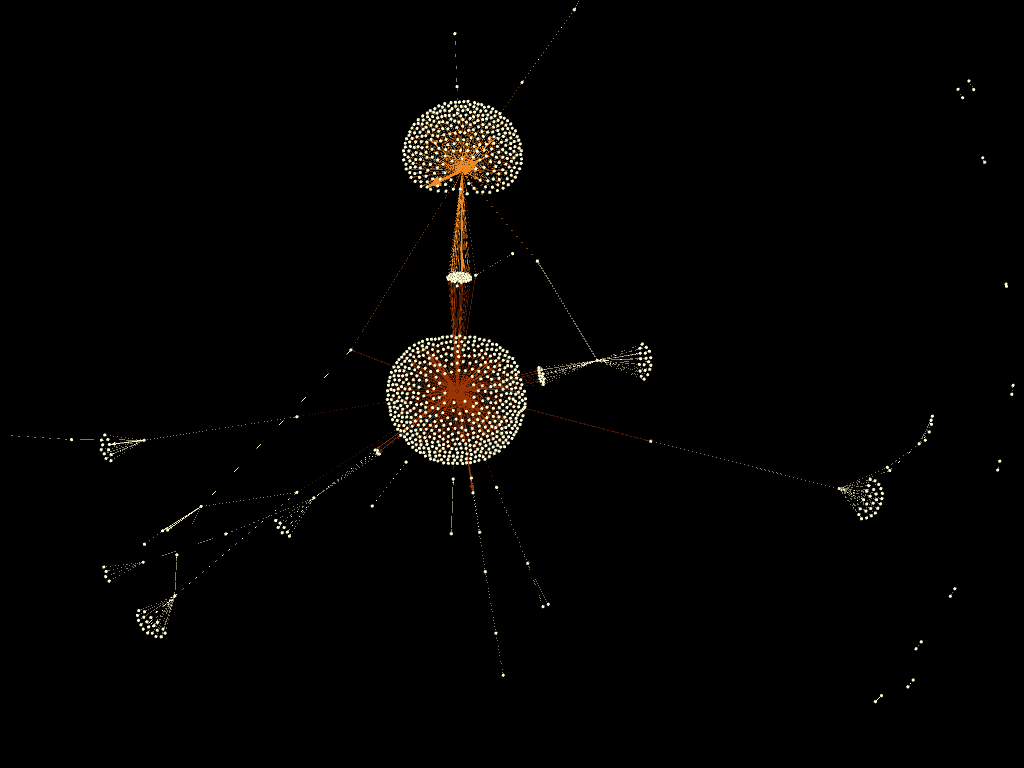
After examining the accounts that engaged through comments, it was found that some responded naturally, criticizing the content of @IlyessALG. Meanwhile, another group emerged occupying a space between the two networks, interacting with supportive and amplifying comments on the account’s posts.
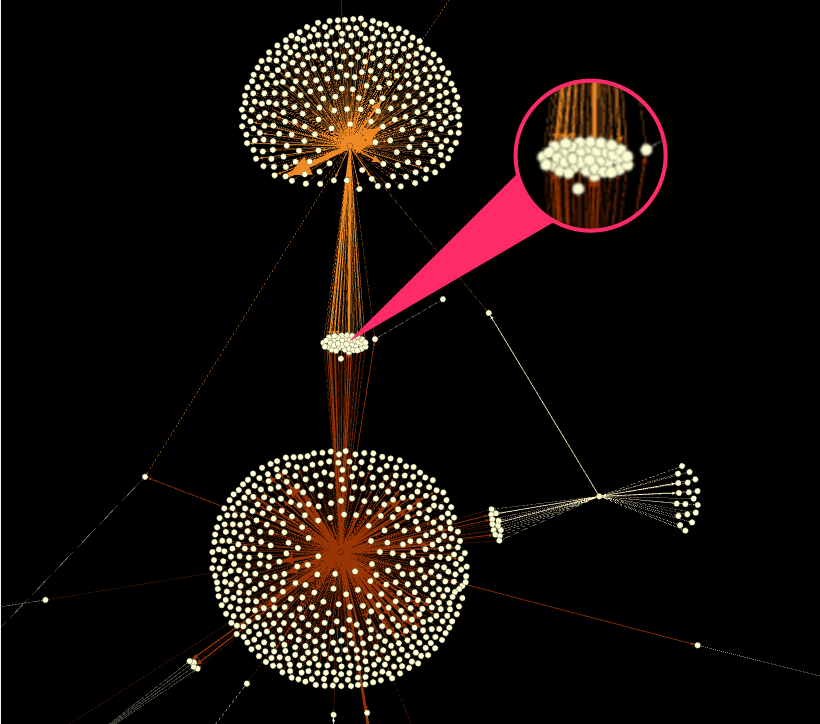
As for the amplification network, most of the accounts appear to be newly created and interacted with Al Athari’s account through retweets and quote tweets. A common trait among these accounts is that they are either Saudi or promote pro-Saudi regime narratives. They frequently quote excerpts from Egyptian Salafi cleric Mohammed Saeed Raslan, who is known for his repeated attacks on Hamas and his support for the ruling regime in Egypt.
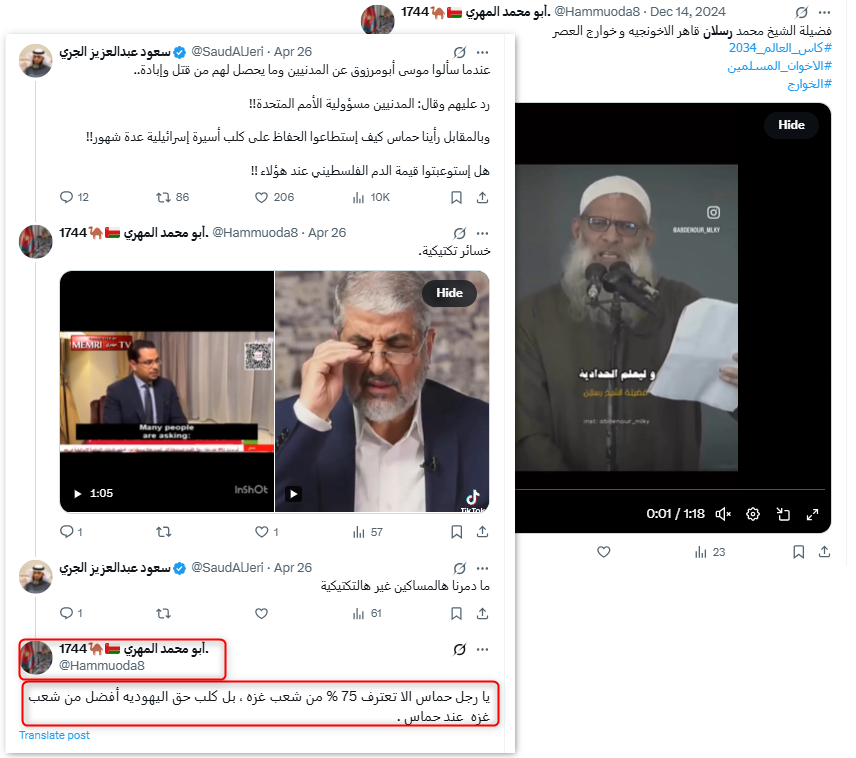
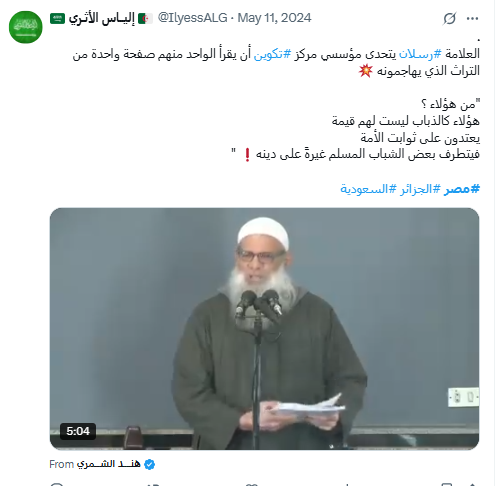
All the accounts within the amplification network adopted the same narrative, accusing Hamas of conspiring with the Israeli military against the Palestinian people..

Also on Al Athari’s account, as well as on the accounts that repost his content, are comments expressing support for the ruling leaderships in Algeria, Egypt, and Saudi Arabia.
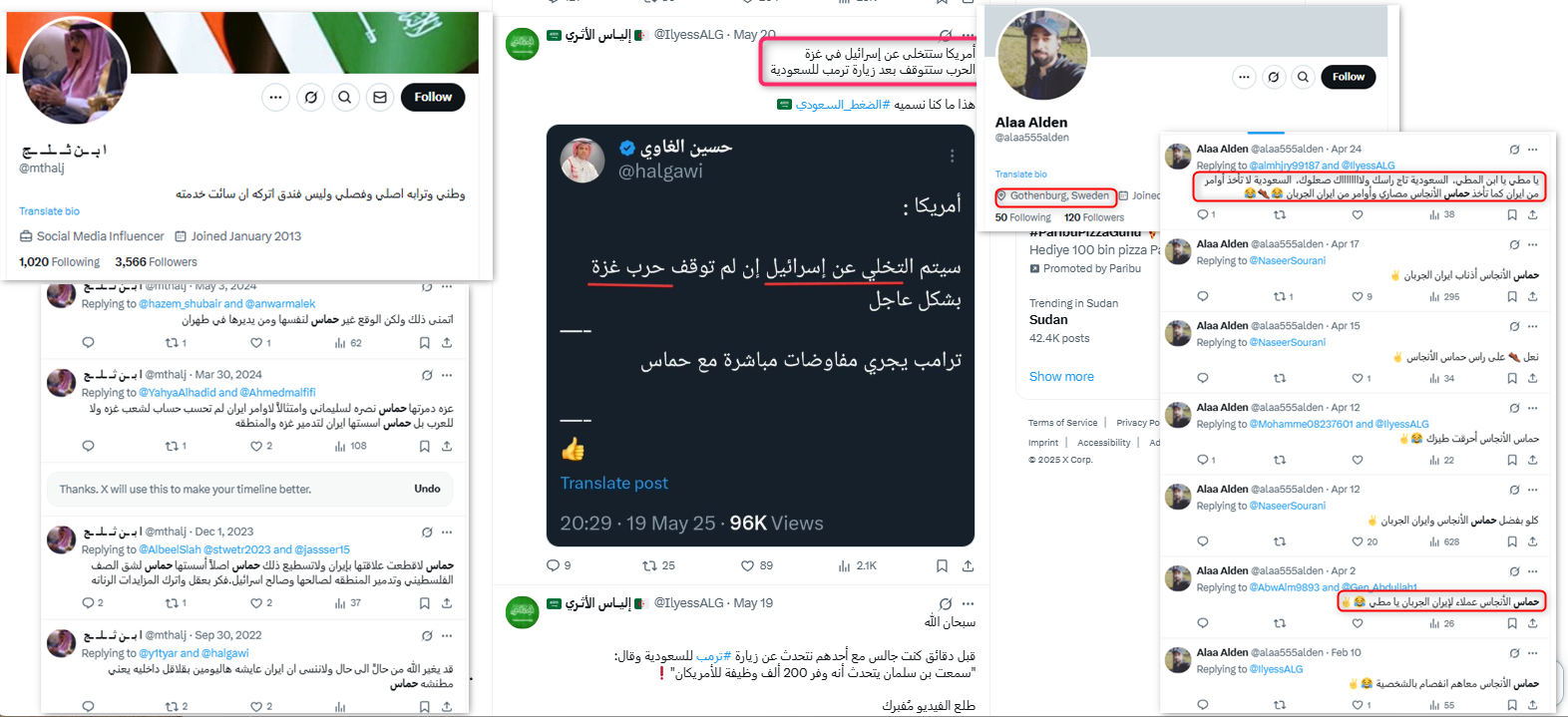
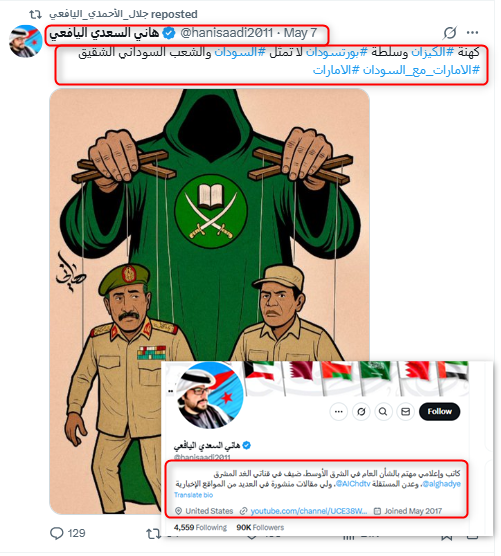
Prepared by: Ibrahim Hilal
